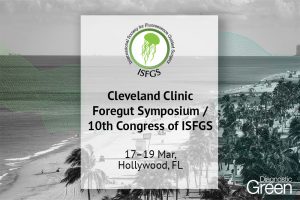Recurrence of liver cancers after liver resection (LR), such as recurrences of hepatocellular carcinoma and colorectal liver metastases, is often treated with repeat LR (RLR) as the only curative treatment. However, RLR is associated with an increased risk of complications. The indications for the currently emerging laparoscopic LR and its advantages and disadvantages for repeat treatment are still under discussion.
Our multi-institutional propensity-score matched analyses of laparoscopic vs. open RLRs for hepatocellular carcinoma showed the feasibility of laparoscopic RLR with comparable short- and long-term outcomes. Small blood loss and low morbidity was observed in selected patients treated using laparoscopic RLR in which total adhesiolysis can be dodged, with speculations that laparoscopic minor repeated LR can minimize functional deterioration of the liver.
However, there are several disadvantages, such as easily occurring disorientation and difficulty in repeated wide-range dissection of Glissonian pedicles. Recently emerging small anatomical resection, indocyanine green fluorescence-guided surgery, and robot-assisted surgery are promising tools for the further development of laparoscopic RLR. This review discusses how laparoscopic RLR, as a powerful unique local therapy causing less damage to the residual liver and surrounding structures, could contribute to the outcomes of repeated treatments for cancers and its future perspectives.




